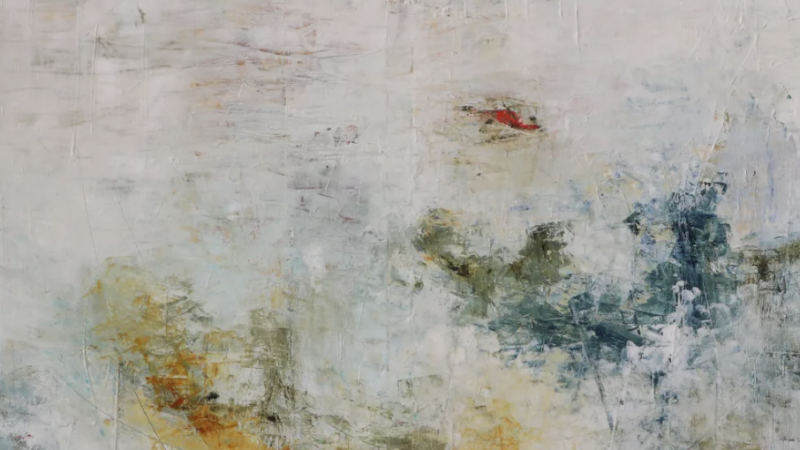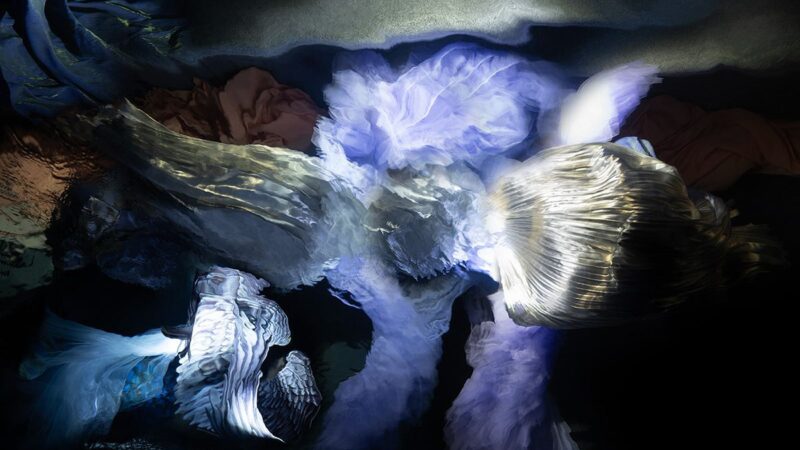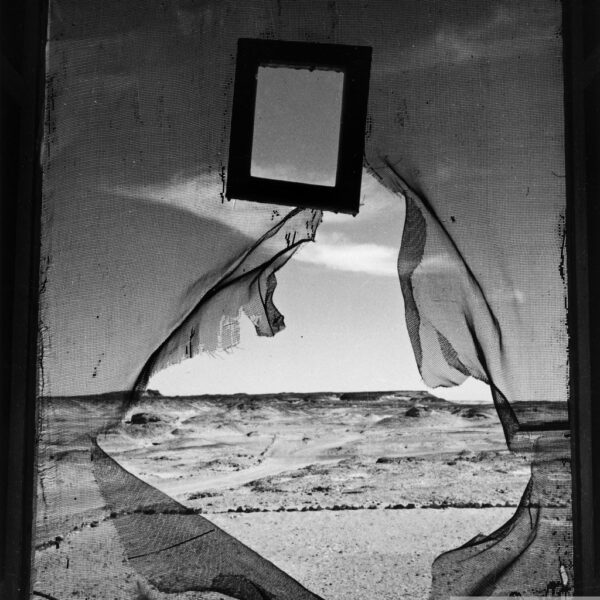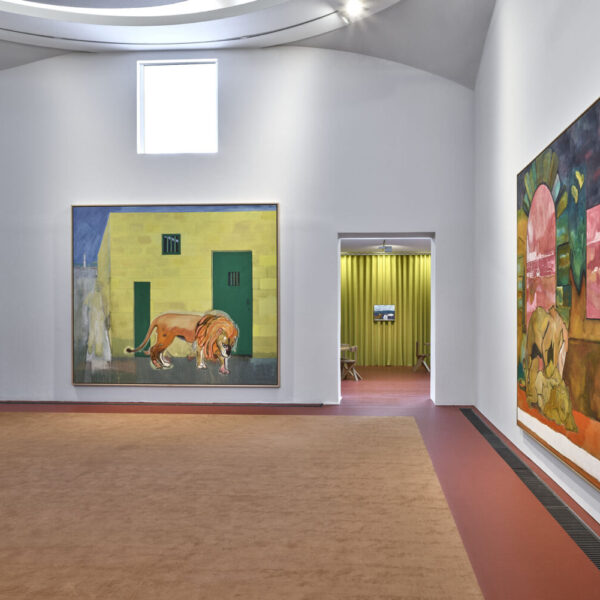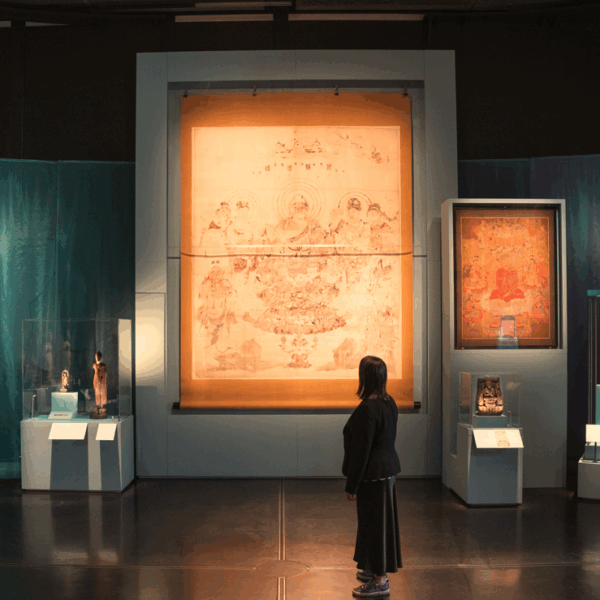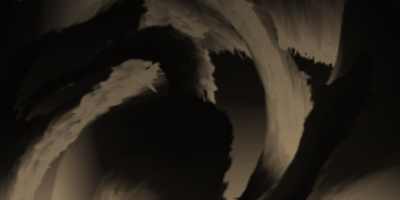Pacita Abad | SFMOMA
A retrospective of Pacita Abad‘s work is in its final weeks at the San Francisco MOMA.
Abad’s expansive artistic output reaches nearly 5000 large-scale works, all utilising a varied spectrum of materials and techniques. Over a thirty-two-year career—she died of cancer in Singapore in 2004—Abad sidestepped hierarchies between craft and high art and unravelled received notions of the local, national, and global, pursuing instead a vibrant eclecticism that was often at odds with the dominant artistic movements of her time.
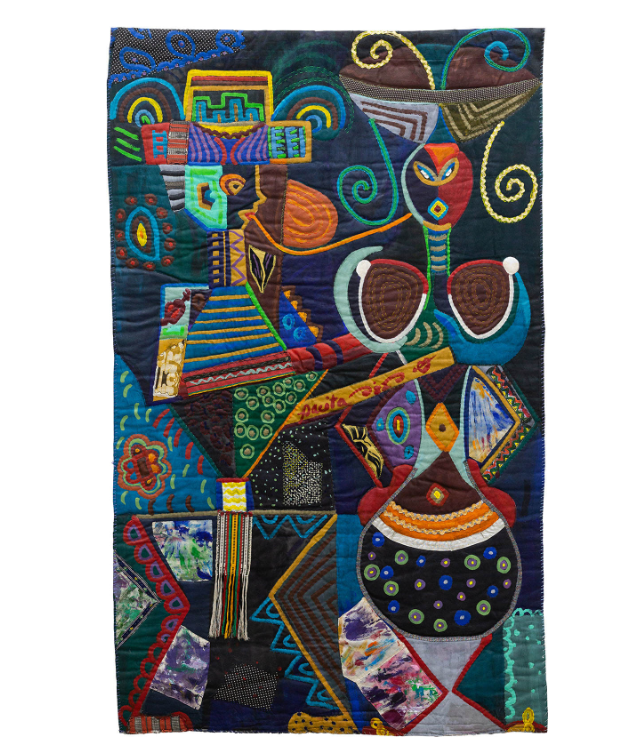
ON REACHING 37, 1983
courtesy Pacita Abad Art Estate
The San Francisco exhibition is in many ways a homecoming, even if that term that seems at odds with Abad’s peripatetic lifestyle and practice. Born to a large, politically active family in 1946 in Batanes, the northernmost island of the Philippine archipelago, she was raised between her home village and Manila, where she became active in student politics.
“I have always believed that an artist has a special obligation to remind society of its social responsibility.”
In the crucial election year of 1969, the walls of the Abad family compound were riddled with bullets as part of an intimidation campaign launched by acolytes of Marcos, who had secured re-election through a policy known colloquially as the “three Gs”—guns, goons, and gold.
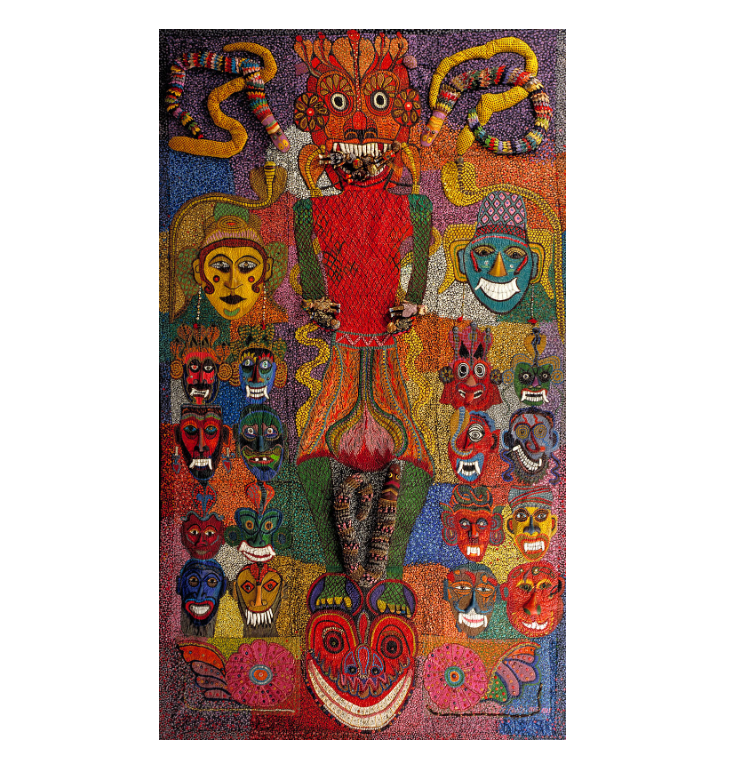
MARCOS AND HIS CRONIES, 1985 courtesy Pacita Abad Art Estate
In 1985, as resistance to the Marcos regime gathered, Abad would begin her massive trapunto Marcos and His Cronies (1985–95), which depicted the titular figures as demonic forms derived from Sinhalese masks used during traditional healing rituals in Sri Lanka. The embellished surface of this gargantuan work, which spans the height of a gallery wall at SFMOMA, is rife with sequins and beads, but also dangles with plastic dolls representing the Filipino citizens doomed to be devoured by the Marcos regime—establishing the work as both a playful and sobering critique of political authority.
This retrospective of features more than 40 works including her signature trapunto paintings: stuffed, quilted canvases Abad adorned with materials and methods she investigated during her lifetime. Over a 32-year career, the prolific artist made a vast number of artworks that traverse a diversity of subjects—from colorful masks to intricately constructed underwater scenes to abstract compositions—revealing visual, material, and conceptual concerns that still resonate today.
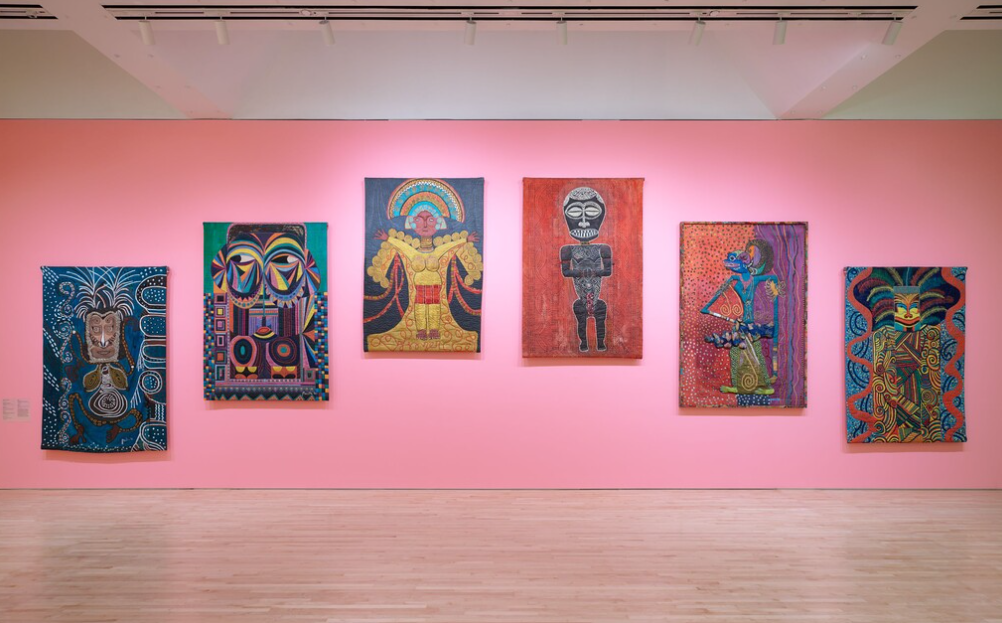
View of “Pacita Abad” at SFMOMA. Image courtesy of SFMOMA. Photo by Tenari Tuatagaloa.
Header: View of “Pacita Abad” at SFMOMA. Image courtesy of SFMOMA. Photo by Tenari Tuatagaloa.


